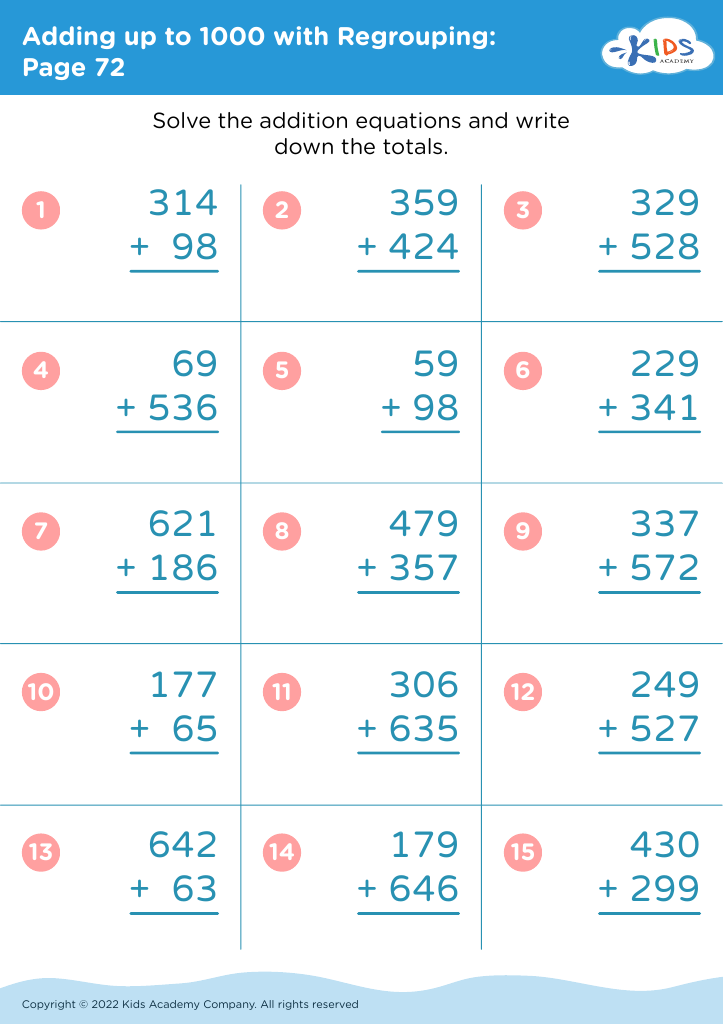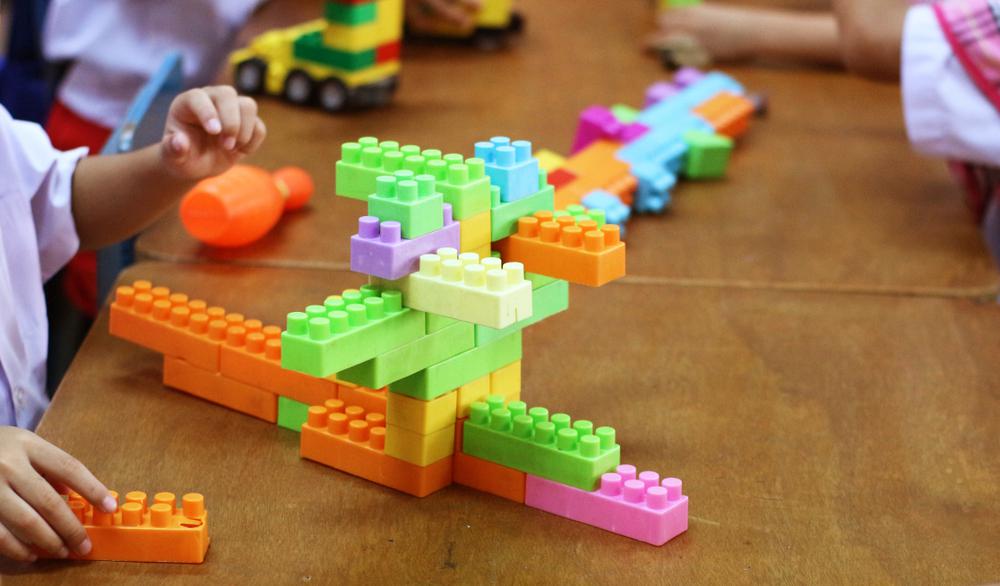Spatial Orientation Worksheets for Ages 6-8
7 filtered results
-
From - To
Nurture your child's spatial reasoning and problem-solving abilities with our engaging Spatial Orientation Worksheets designed for ages 6-8! These expertly crafted printable activities from Kids Academy help young learners grasp essential concepts like direction, position, and space in an interactive and fun way. Through a variety of exercises including mazes, mapping, and 3D shapes comprehension, children develop critical thinking and visualization skills. Perfect for use at home or in the classroom, these worksheets boost confidence and cognitive development, preparing kids for more complex mathematical and scientific concepts in the future. Transform learning into an adventure today!


Going up or Down? Worksheet


Faces of 3D Shapes Worksheet
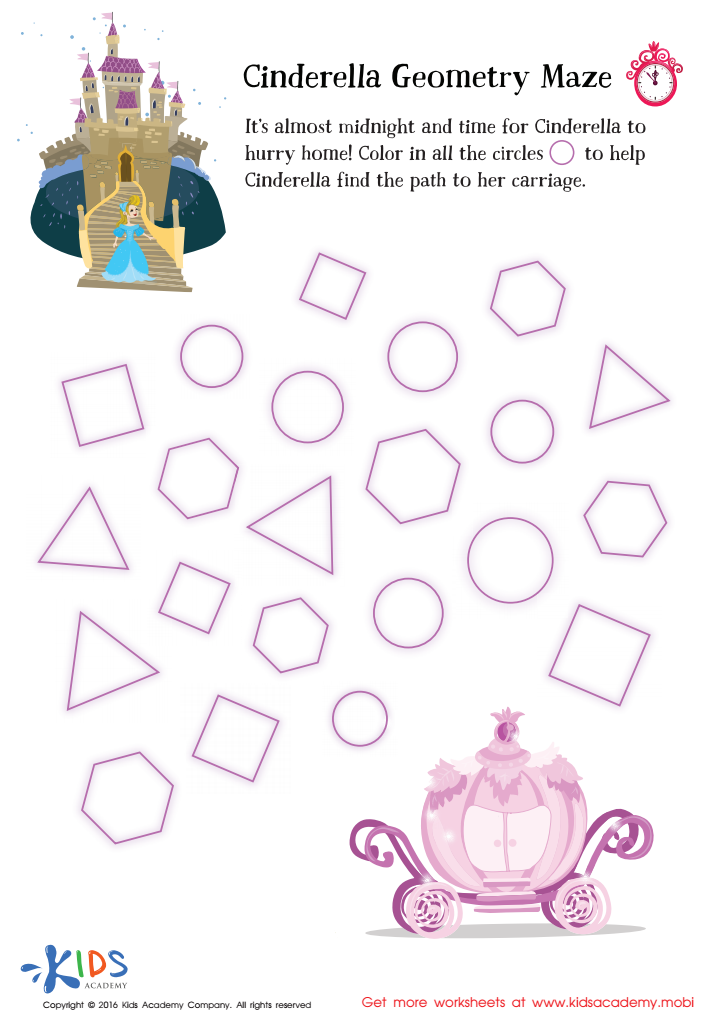

Cinderella Geometry Maze Worksheet


Neighborhoods Worksheet
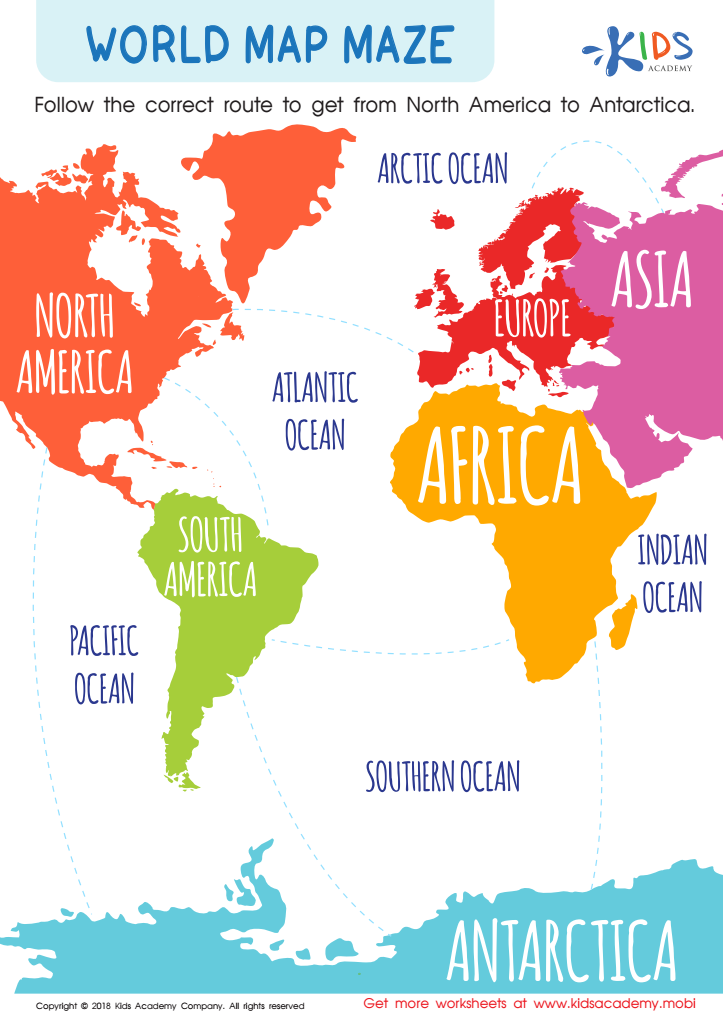

World Map Maze Worksheet
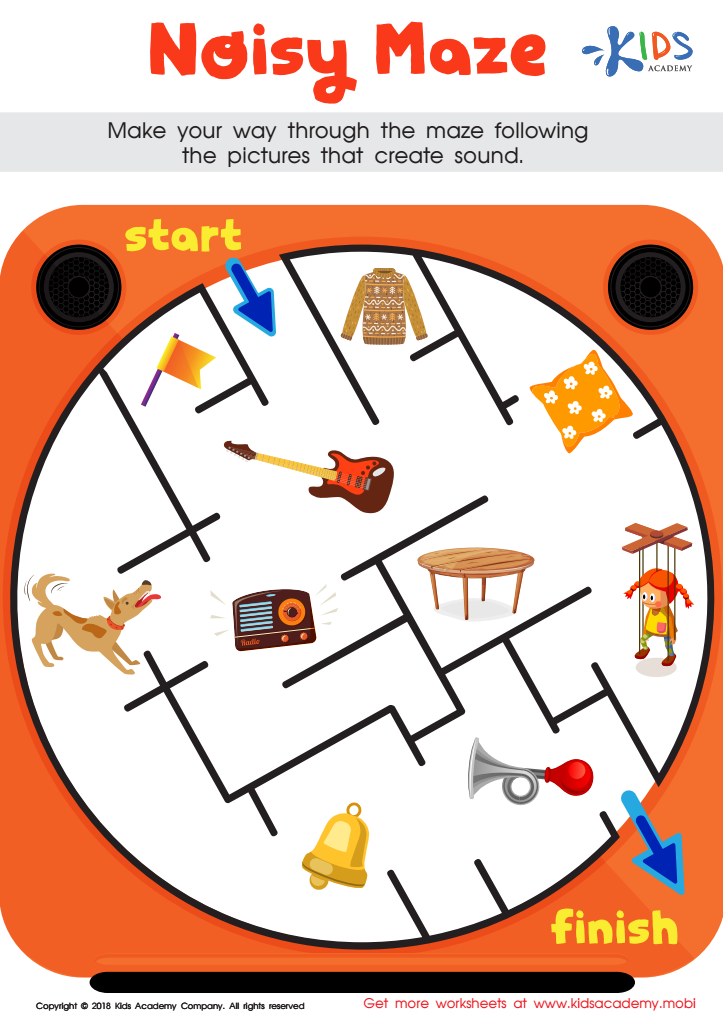

Noisy Maze Worksheet
Spatial orientation is a foundational skill critical for children's overall cognitive development, crucial for both academic success and everyday functioning. For children aged 6-8, developing a strong sense of spatial orientation enhances their ability to understand and navigate the world around them.
Firstly, spatial orientation is closely linked to mathematical reasoning. Concepts like geometry, measurements, and problem-solving all require an understanding of space and spatial relationships. Grasping these early on can significantly boost a child's ability to comprehend more complex mathematical ideas in the future.
Secondly, these skills contribute to reading and writing success. Understanding the physical organization of letters, words, and sentences and mastering the orientation required for handwriting involves spatial awareness.
Spatial skills also enhance physical coordination and safety. Children need to understand their position in relation to other objects and people to participate in sports, team activities, and navigate spaces safely.
Creativity and problem-solving benefit too, as spatial orientation allows children to visualize and manipulate ideas in their minds, aiding in tasks such as play, building structures with blocks, and understanding maps and diagrams.
Investing time in developing spatial orientation helps support balanced development in multiple areas, preparing children effectively for the academic challenges ahead and laying a strong groundwork for a lifetime of learning and exploration.

 Assign to the classroom
Assign to the classroom
